NEWSLETTER
BE FIRST IN LINE FOR OUR NEXT RELEASE.
© 2025 TIPSTER. ALL RIGHTS RESERVED.
NEWSLETTER
BE FIRST IN LINE FOR OUR NEXT RELEASE.

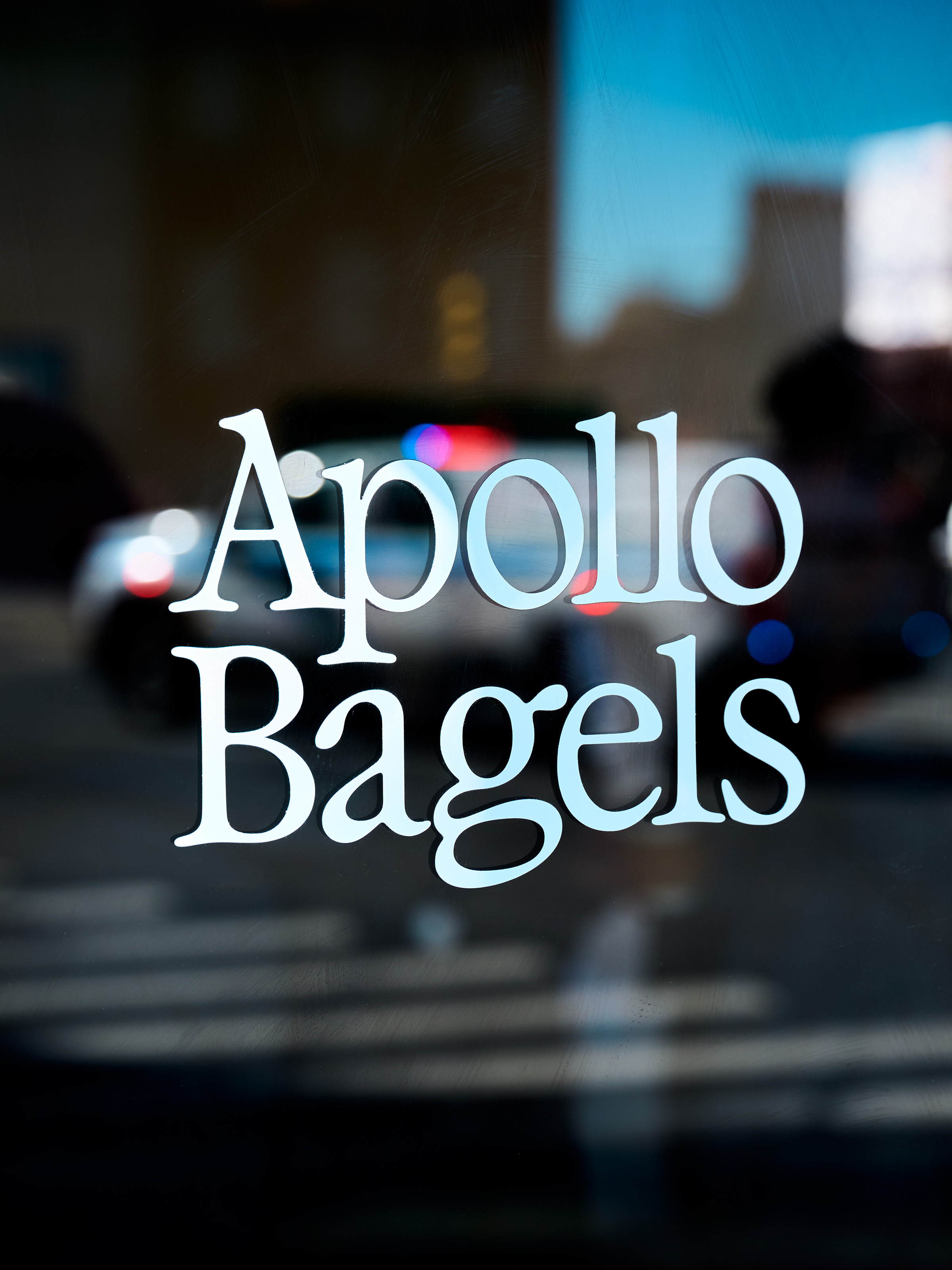
LIKE MOST NEW YORKERS, JOEY SCALABRINO GREW UP EATING BAGELS. BUT HE WASN’T PICKY. FOR HIM, THE BEST BAGEL WAS THE ONE RIGHT IN FRONT OF HIM. H&H, PICK-A-BAGEL, MURRAY’S—WHATEVER WAS CLOSE. “IT WAS JUST SOMETHING TO EAT,” HE SAYS. “LIKE A SLICE OF PIZZA.”
Scalabrino’s early life didn’t center around food in the way it does now. Growing up in Manhattan, he cooked with his family at home but “they weren’t obsessed with it.” His passion for the culinary world came later, when he started spending his first paychecks exploring the city through food. In high school, he discovered authentic Chinese cuisine, real Mexican dishes, and flavors that weren’t part of his upbringing. That curiosity eventually led him to the restaurant industry. He landed his first job in a kitchen at La Esquina, the downtown spot that helped define New York’s late-2000s restaurant culture.
A DANISH AWAKENING
In 2013, Scalabrino took a trip that would change his entire approach to food. One of his best friends scored a reservation at Noma, the restaurant that had become a temple of modern gastronomy. They decided to go together and turned the trip into a full-fledged food pilgrimage: Paris, Barcelona, Berlin, and finally, Copenhagen. It was here in Denmark that the culture of sourdough left its mark. “Everyone cared so deeply about it,” he recalls.
At the time, the Danish capital was in the midst of a fermentation revolution. Vinegars, garums, and sourdough starters bubbled away in restaurants and bakeries alike. Bakers with the time and attention to play around with wild yeasts and heritage grains went beyond just baking bread; they were introducing the idea of long fermentation to a country already in love with carbohydrates.
Scalabrino became obsessed. Watching bakers nurture high-hydration doughs, developing deep crusts and tangy flavors, he realized that bread wasn’t just about ingredients, but time. The patience, the process, the understanding that flour, water, and salt needed room to develop. It wasn’t just technique; it was philosophy. He returned to New York and immediately missed what he had tasted abroad. “I wasn’t even thinking about it as a business at that point. I just knew there was a void.”
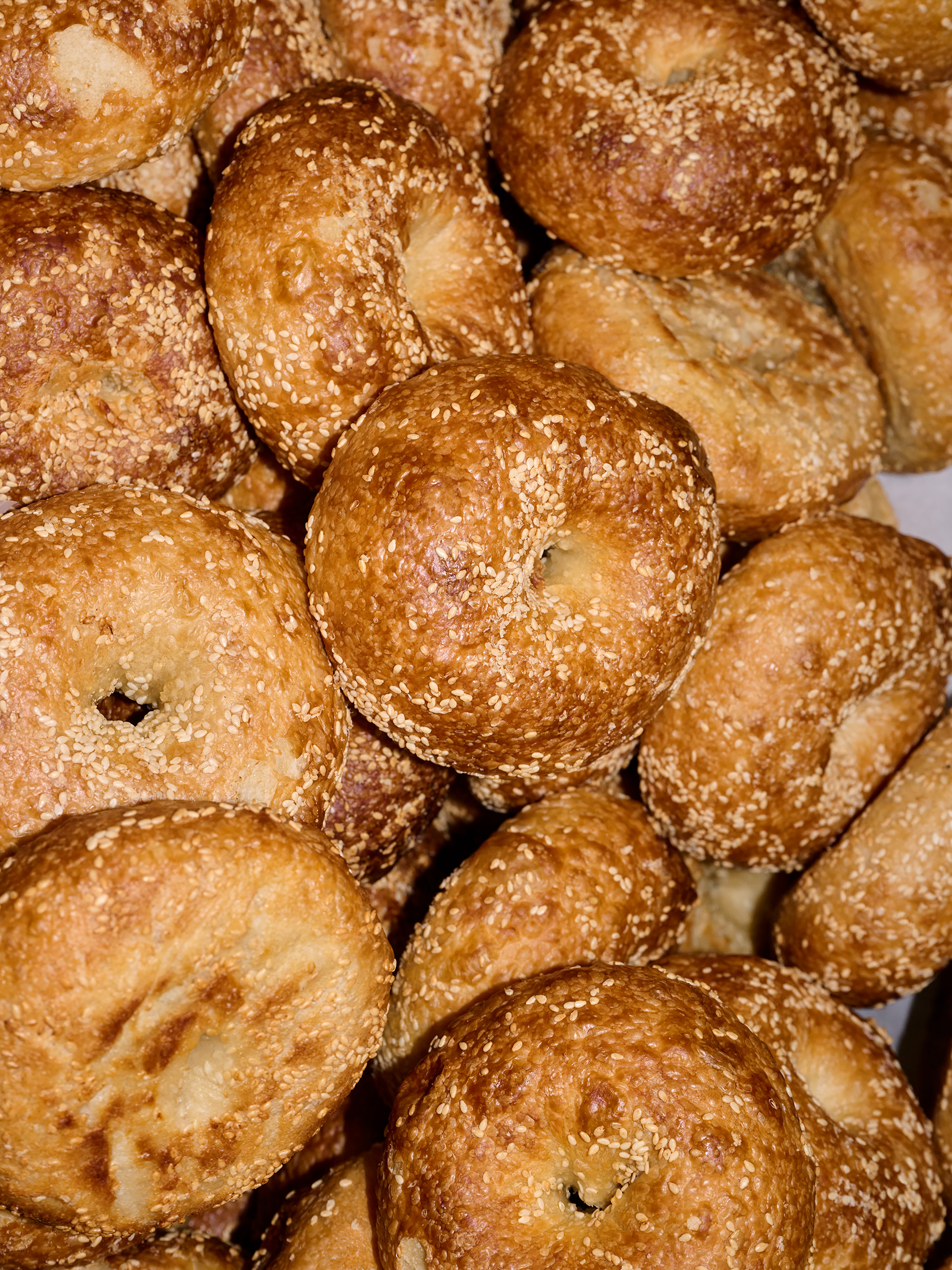
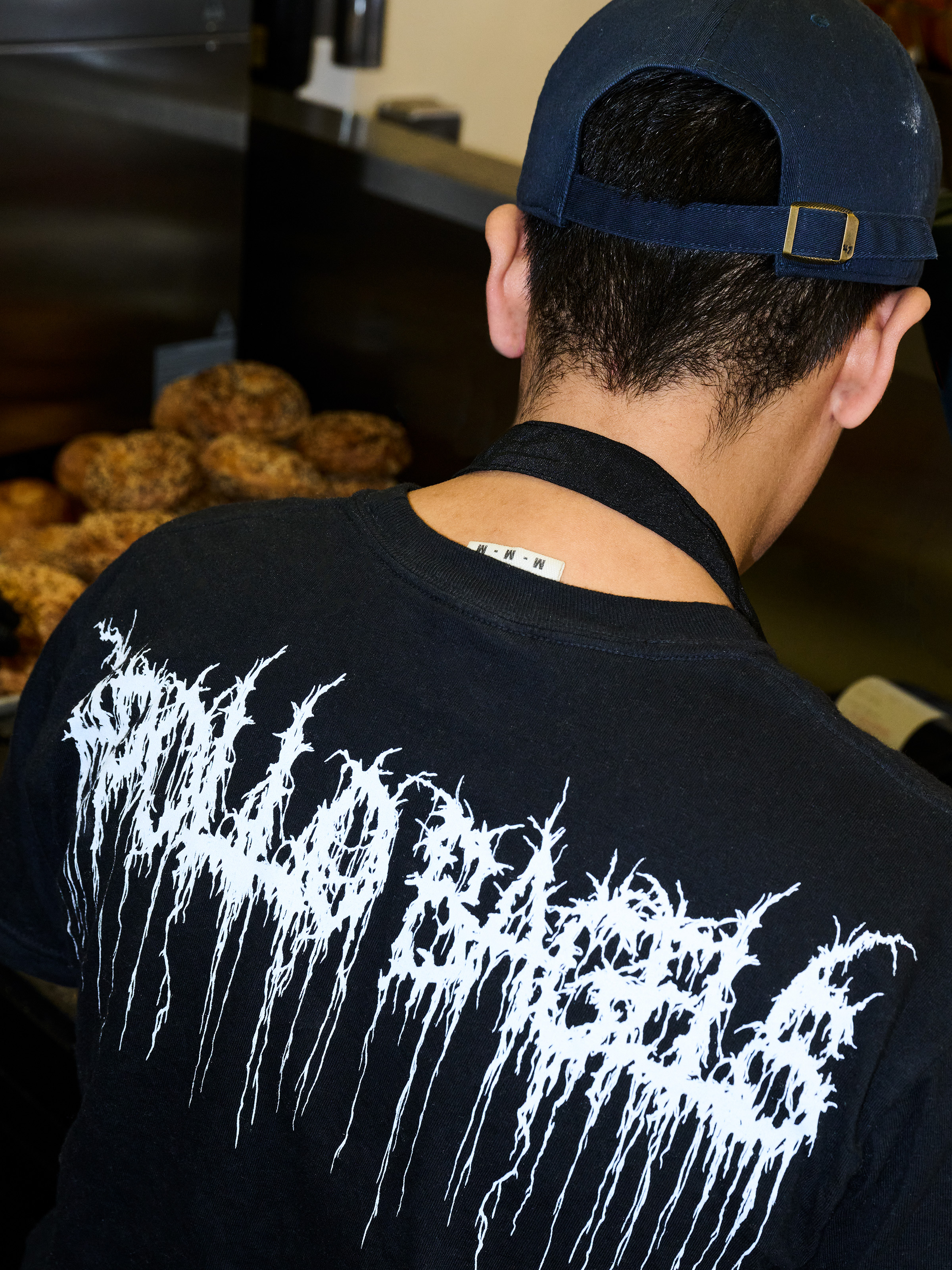
“I DON’T THINK SOURDOUGH HAS REALLY CHANGED THE BAGEL CULTURE IN NEW YORK YET, IT’S STILL KIND OF NICHE . BUT I THINK IT WILL GROW.”
A CLOUD-LIKE BAGEL
Scalabrino’s fermentation dreams didn’t fully come to life until 2020. The pandemic brought the city to a standstill shortly after he had opened Leo in Williamsburg, a laid-back restaurant pairing sourdough pizza with natural wines. As a way to keep the ovens running, Scalabrino started experimenting with sourdough in bagel form, originally selling his round creations out of the restaurant as a pop-up. After years of offering the breakfast favorite on and off, Scalabrino opened his first brick-and-mortar location dedicated to bagels in 2024, naming it Apollo Bagels to reference their light and airy quality.
What sets the Apollo bagel apart from its classic counterparts is the same process Scalabrino witnessed in Denmark: long fermentation, high hydration, wild yeast cultures. The result is a bagel that behaves more like a fermented loaf. It’s chewy, tangy, and just a little sour.
WILD YEASTS AND RYE FLOUR
A longer fermentation leads to easier digestibility, but Scalabrino doesn’t make a big show of it. He lets the process speak for itself. “We don’t put it in our branding,” he says, “but it’s a huge part of why I believe in the product and why I made it in the first place.”
The flour itself is just as important. New York’s bagel tradition is built on high-gluten white flour, which gives bagels their signature chew. Apollo tweaks that formula by introducing a small percentage of rye, a flour that’s naturally more aromatic and flavorful. It’s a move borrowed from Scandinavian baking traditions, where the grain is a staple in dense seeded loaves.
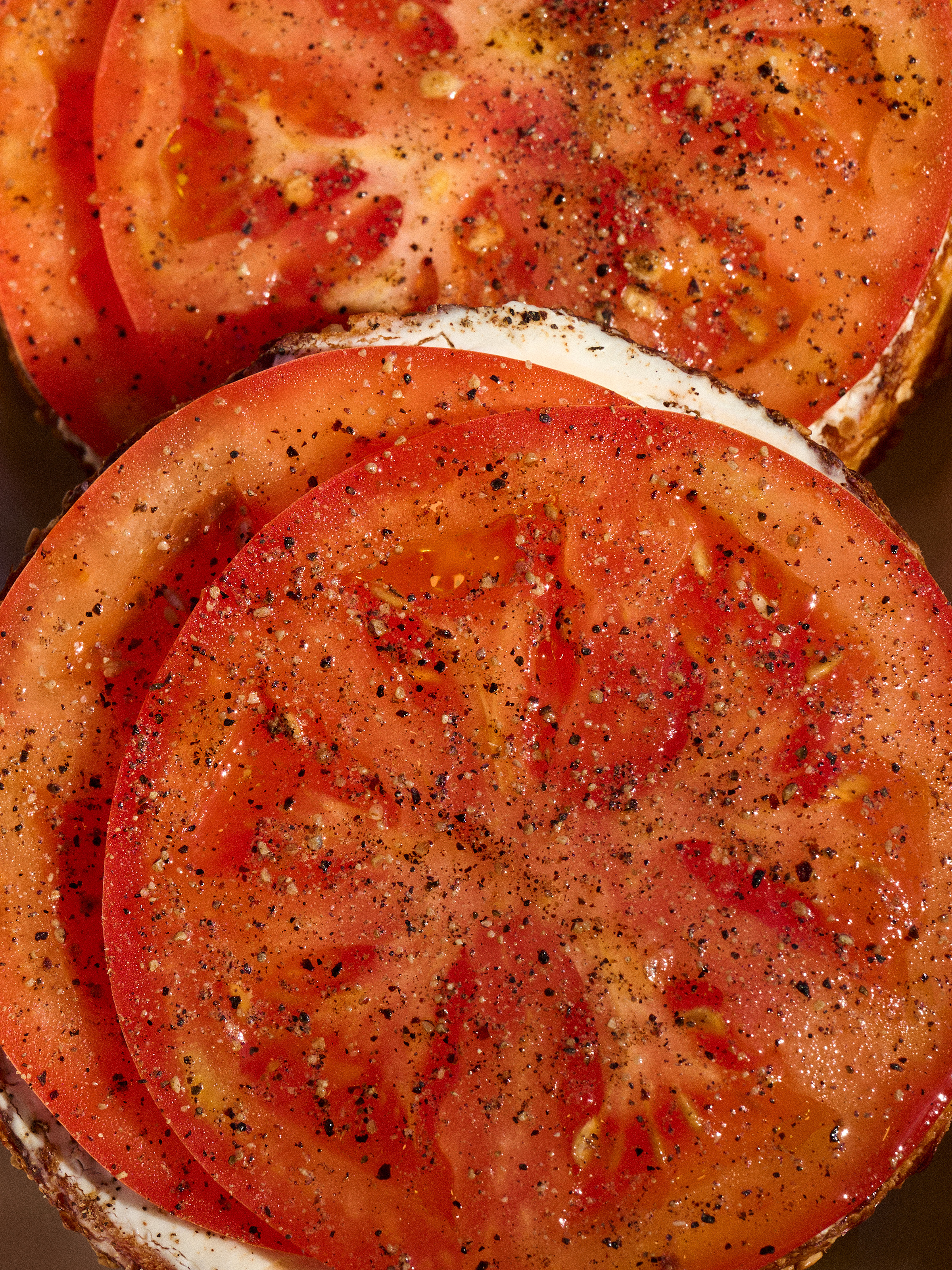
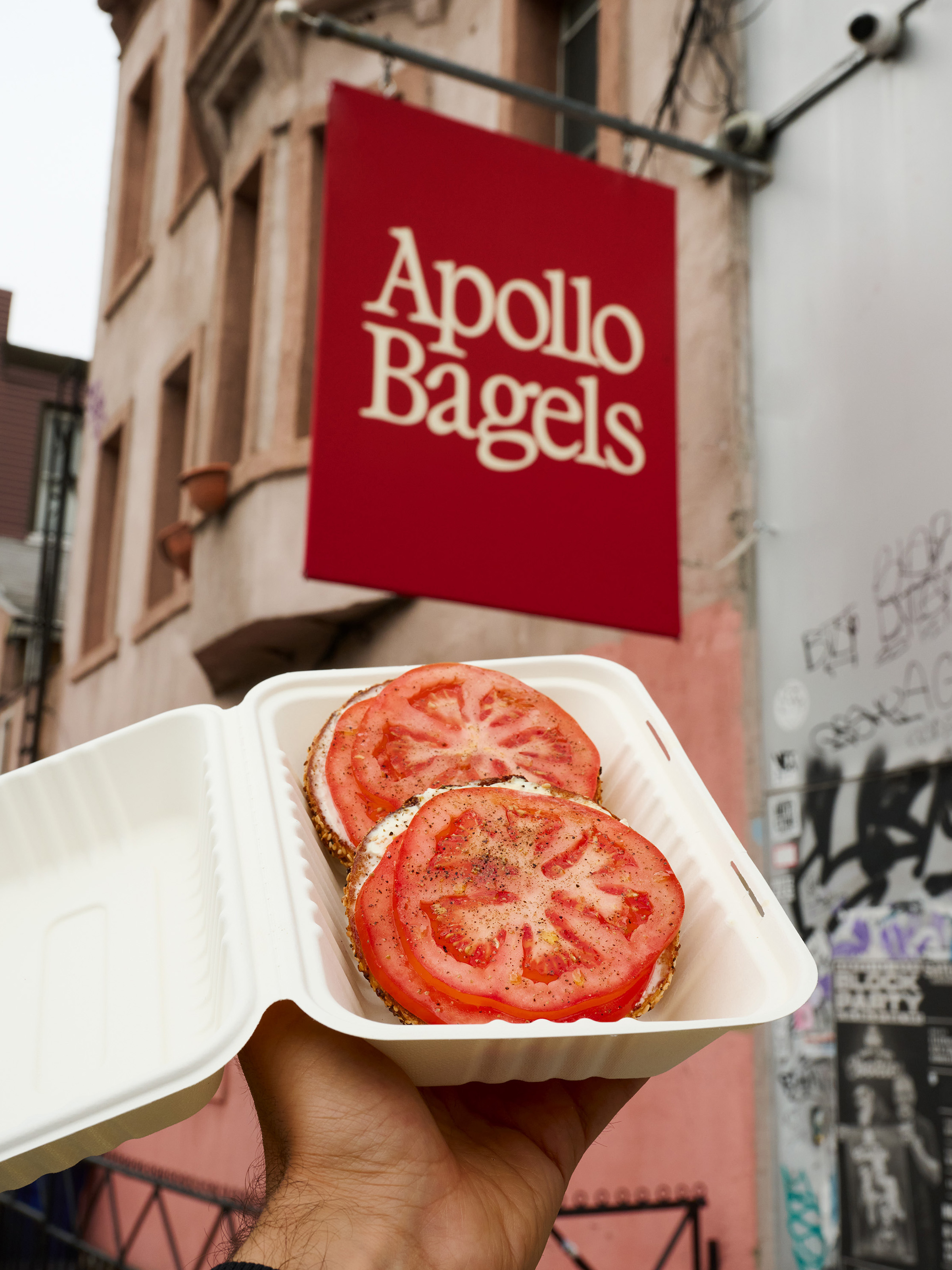
A BAGEL FOR RIGHT NOW
The bagel purist might raise an eyebrow at bagels like Scalabrino’s. After all, they have a distinct crispness and are served toasted and open-faced, a clear homage to Denmark’s rye bread sandwiches. But one bite of a bagel topped with an elegant portion of cream cheese, smoked salmon, capers, and dill is enough to convert even the most die-hard bagel protectionists.
“There are so many things getting messed with,” says Scalabrino in response to those who are wary of his new bagel style. “It shouldn’t be anyone’s priority to protect any of this stuff. As a New Yorker, there’s obviously a long and beautiful tradition of bagels that I respect. This is just my interpretation.”
Scalabrino acknowledges that Apollo represents something different. He sees his craft as a part of a larger movement, one where consumers are becoming more aware of what they eat, where their food comes from, and how it’s made. “As people travel more, they get more educated. They go to these incredible places in Europe and Asia, and they come back with higher expectations for everything: bread, coffee, vegetables, fish. And that spreads.” Does that mean the classic, boiled, no-frills New York bagel is on its way out? Not necessarily. “They’re still kind of niche,” Scalabrino says of the sourdough variety.
Ubiquitous or not, bagels like Scalabrino’s didn’t exist in New York a decade ago. Today, they have a permanent place in the city’s food culture. Scalabrino isn’t sure where his bagels will go next. But he’s excited to find out. “I just hope people like eating them,” he says humbly. If the lines outside are any indication, they sure do.

EAST VILLAGE
243 E 10th Street
New York, NY 10003
WEST VILLAGE
73 Greenwich Ave.
New York, NY 10014
WILLIAMSBURG
133 N 7th Street
Brooklyn, NY 11249
FINANCIAL DISTRICT
41 John Street
New York, NY 10038